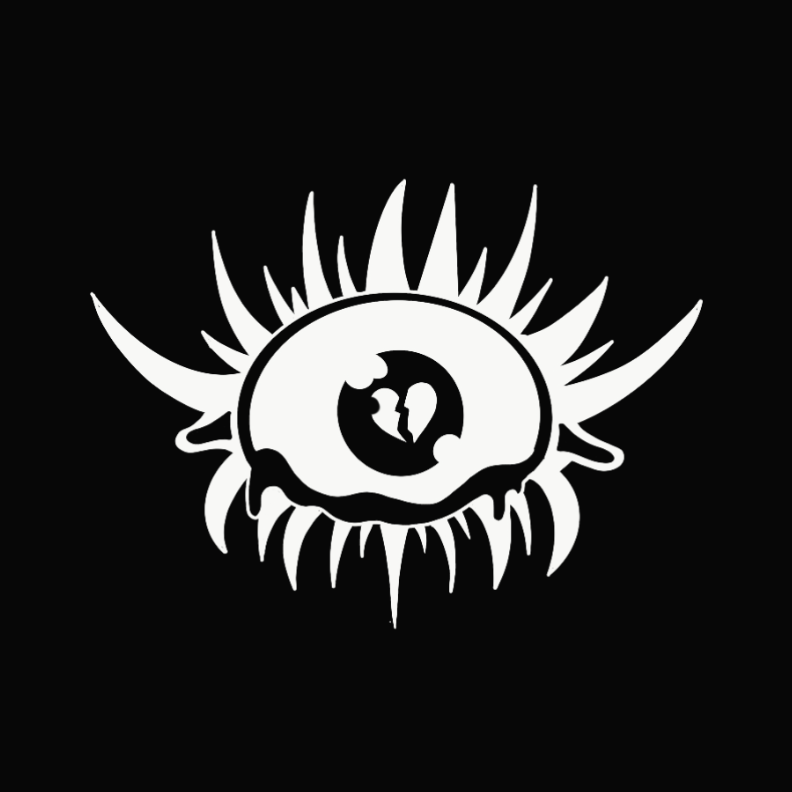5 things I learned about art
From designing my own Tarot Deck
As I’m sure most of you who follow me on instagram know by now, I’m currently designing a tarot deck. I did this partly to keep busy while building clientele for my tattoo business, and partly to start building a portfolio of non-tattoo art for my commissions and gallery work. One unexpected consequence I should have but did not forsee was the improvement in my art.
For those of you who aren’t familiar, tarot cards were playing card decks invented in the late 14th or early 15th century in Italy. Eventually, they began to be used for divination purposes as well. There are typically 78 cards in a deck, and I planned to design a back cover as well, so when I decided to do this, I knew it was going to be a huge undertaking.
Now, I have all of the designs done and am currently rendering the last 14 cards. Being so close to finishing has made me reflect on everything that I’ve learned about art throughout the process. Here are my top 5 things I learned.
Contrast is Key
Contrast in art helps to guide the viewers eye to what you want them to focus on, and away from the things you dont. I had an old mentor during my tattoo apprenticeship who used to say that a tattoo should be at least 30% pure black. I didn’t fully understand what that meant until under taking this project. Having a contrast between your darkest and lightest tones is one way of providing contrast, and will really make your work pop. I started to think of other ways I could provide contrast in a drawing -like in the detail work. Where should I draw detail in a subjects clothing, or the background, and when should I hold back and keep it simple? I realized it all depended on where I wanted to draw the viewers eye. Cultivating this skill has improved my art tenfold in a short amount of time, and has given me the ability to make quick judgements about what the focal point of a piece should be.
Keep it Simple
One of the major beginner mistakes I made as an artist starting out was thinking everything would look better if it was super detailed. This ties in with contrast, in a way: if everything is super detailed, then things will get lost in a sea of cluttered ornamentalism. A good artist can figure out which details are important to convey contextual information in a piece, and what will just confuse viewers. I also learned how to add detail by using the simplest, fewest lines or strokes possible. You’d be amazed by how much information you can convey with just a few strokes of a brush (or a needle.)
My first few cards were difficult while I tried to figure out these big things like composition, details, etc. Eventually, I figured out that starting with a small thumbnail sketch to capture the general shapes and forms of the piece would allow me to convey a lot of information with less detail. I’ve begun to incorporate this more into my tattoos as well, to great results.
Have a Plan
Sometimes you just need to put pen to paper and get something out - it can push you past an art block or surprise you with a great idea you wouldn’t have necessarily thought of yourself. But when you’re undertaking a big or important project, you need to have a general idea of where it’s going. What are your themes? What do you want to convey? With 78 distinct designs that all convey particular meanings, I had to be very mindful of what I drew for each card and why. The meanings may have been personal and not what another person would have drawn, but they were deliberate, and that’s what counts. Next time you’re working on a piece, ask yourself: What am I trying to tell the viewer? What do I want them to feel?
Be Patient!
I’m a perfectionist- as someone who puts permanent art on people’s bodies, I kind of have to be. But that can be a double-edged sword. I get frustrated with myself when a design doesn’t come out the way I had originally imagined. I wanted to get these done quickly and efficiently, but some days I just had no motivation, or everything I drew seemed to come out wrong. I realized that pushing myself to design when I wasn’t in the right headspace, or not understanding what the cards wanted from me wasn’t the way to do things, and may make it harder later down the line if I had to go back to fix certain things I wasn’t happy with. When this happened, I would go take a walk, or go out to eat, or watch a movie. Sometimes stepping away from a piece and taking a breather can help you improve your art and finish quicker.
Trust the process!
Finally, art is a process. There were certain pieces that I just didn’t like at all when I first started. I believed I had chosen the wrong composition, shades, values, line weights, when in reality I just hadn’t rendered things enough to see it all come together. Sometimes, you have to trust yourself, and the process! You may be surprised how everything comes together.
My cards should be done by March, and after that I need to figure out how I want to print and sell them. I’ll be making updates on my instagram and here on my blog, so stay tuned for more information!

